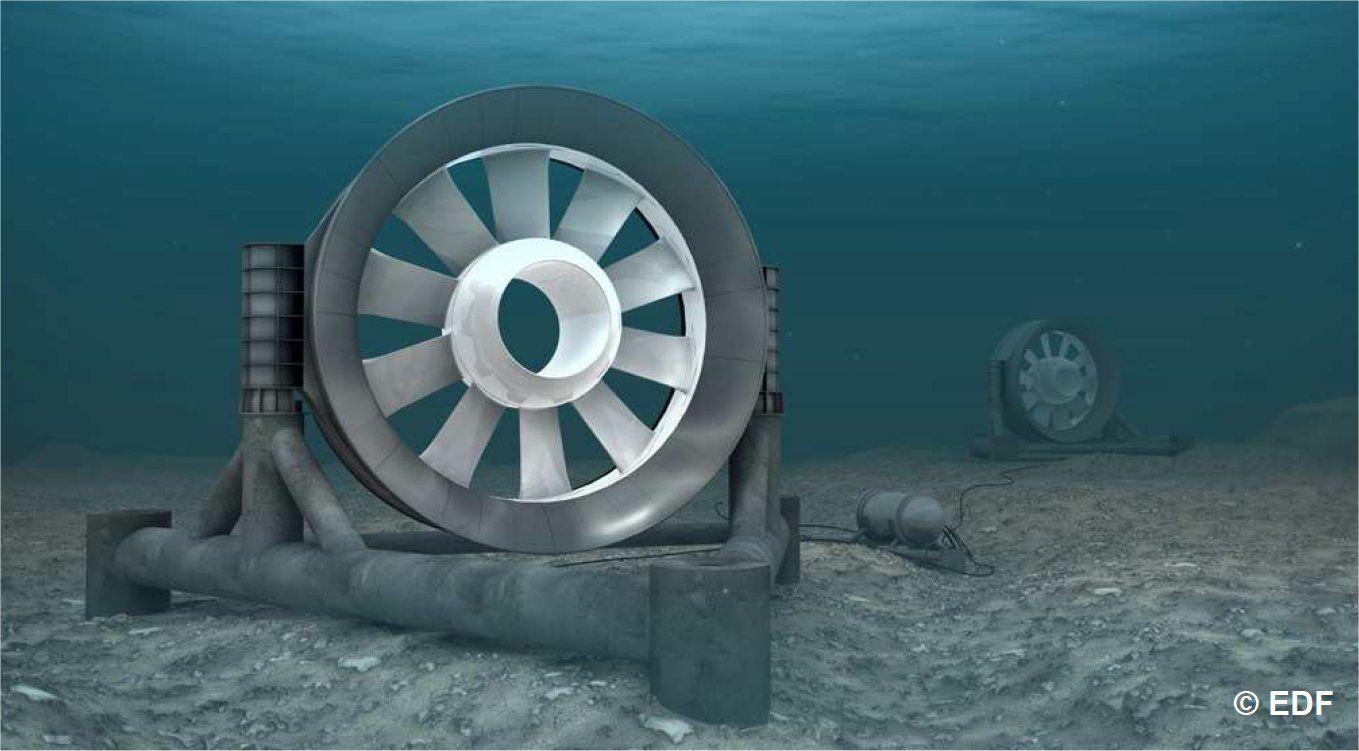-
 Platelet
Platelet
-
 Molecule
Molecule
-
 Hypoxia
Hypoxia
-
 Constellation of Gemini
Constellation of Gemini
-
 Mean coordinates
Mean coordinates
-
 Wing tip
Wing tip
-
 Extinction
Extinction
-
 Carnot principle
Carnot principle
-
 Epigenetic
Epigenetic
-
 Microglia
Microglia
-
 Ulysses
Ulysses
-
 Time origin
Time origin
-
 ITU
ITU
-
 Molecular hybridisation
Molecular hybridisation
-
 Disinfectants
Disinfectants
-
 Oolitic
Oolitic
-
 Antiviral
Antiviral
-
 Antitussive
Antitussive
-
 PAL
PAL
-
 Mean anomaly
Mean anomaly
-
 Supercritical fluid
Supercritical fluid
-
 Green and blue framework
Green and blue framework
-
 CTP
CTP
-
 Vinci engine
Vinci engine
-
 Gauge theory
Gauge theory
-
 Unicode
Unicode
-
 Ganglion
Ganglion
-
 Half-life
Half-life
-
 Dolomite
Dolomite
-
 Atherogenic
Atherogenic
Ocean turbine
An ocean turbine generates electricity using a natural water current, such as that of a river or the tide, or even a stable marine current. An ocean turbine is composed of a turbine that is rotated by the movement of the water. An alternator, driven by the turbine, produces a continuous electric current, which is then transformed into alternating current. Ocean turbines can be installed under the surface or placed on the bottom.
These systems are relatively new and have only recently been implemented or tested in a few countries. In France, the first ocean turbine, of 500 kW, was installed in Brittany between Paimpol and Bréhat Island at a depth of 35 metres, in August 2011, and should be joined by three others of the same power. For France, the potential is estimated between 3 and 5 GW
 The Paimpol-Bréhat ocean turbine demonstration park, off the Ploubazlanec coast, in Côtes d'Armor, Brittany (artist's impression). These turbines extract some of the kinetic energy conveyed in the sea currents. © EDF
The Paimpol-Bréhat ocean turbine demonstration park, off the Ploubazlanec coast, in Côtes d'Armor, Brittany (artist's impression). These turbines extract some of the kinetic energy conveyed in the sea currents. © EDF
Latest
Fill out my online form.



